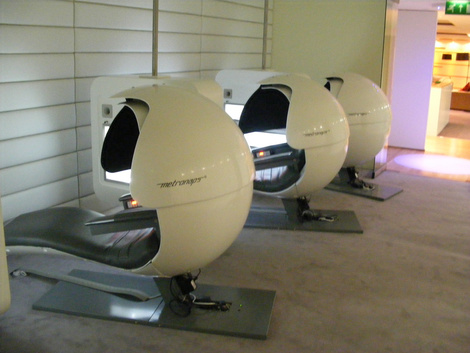Your energy levels tend to dip and peak throughout the day, depending on what you eat and when, how hard you exert yourself at work, how many breaks you take, and most importantly, how rested you are when you start the day.
This is why in many cultures, the siesta or afternoon nap, is paramount to productivity.
In many businesses in Spain, Italy, Bahrain, Malaysia, and the Philippines, the work day is split into two chunks, with a good two to three hours in between for lunch and an optional nap.
Culturally, this allows people to go home and eat with their families and factor in some time to rest after a large, carbohydrate-heavy meal.
Now, an increasing number of businesses are scrapping the unconventional working hours that have served them well for decades, if not centuries, to match the more traditional 9 to 5 work day, like the rest of the world.
However, according to studies, napping improves memory, makes you more alert, helps prevent burnout, and promotes creativity; all of which boosts productivity.
NASA ran a test on sleepy military pilots and astronauts, and found that a 40-minute nap improved performance by 34 per cent and alertness 100 per cent.

While a three or four-hour nap could completely derail your workday, an extra 20 to 30 minutes tacked on to the lunch hour could give your employees the option to catch a few Zs.
Think of this as an investment; 20 extra minutes of free time could equate to better business ideas, or faster, more thorough work.
Some businesses have been experimenting with siestas. Google, for example, has recreational facilities onsite, including nap pods for employees.
Check out the infographic below from Sleepypeople for more on how napping at work might be the best HR perk you can offer.







